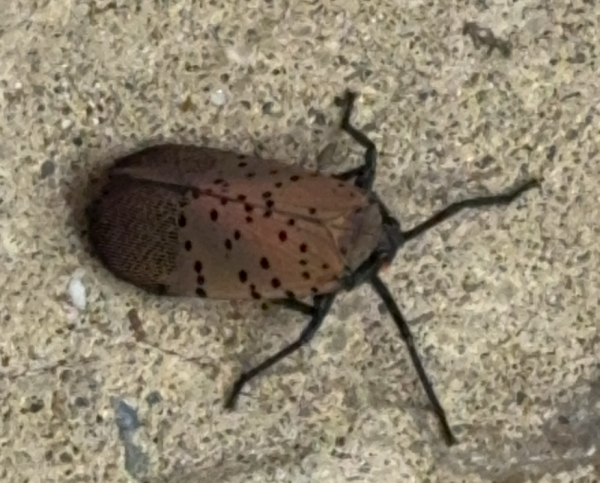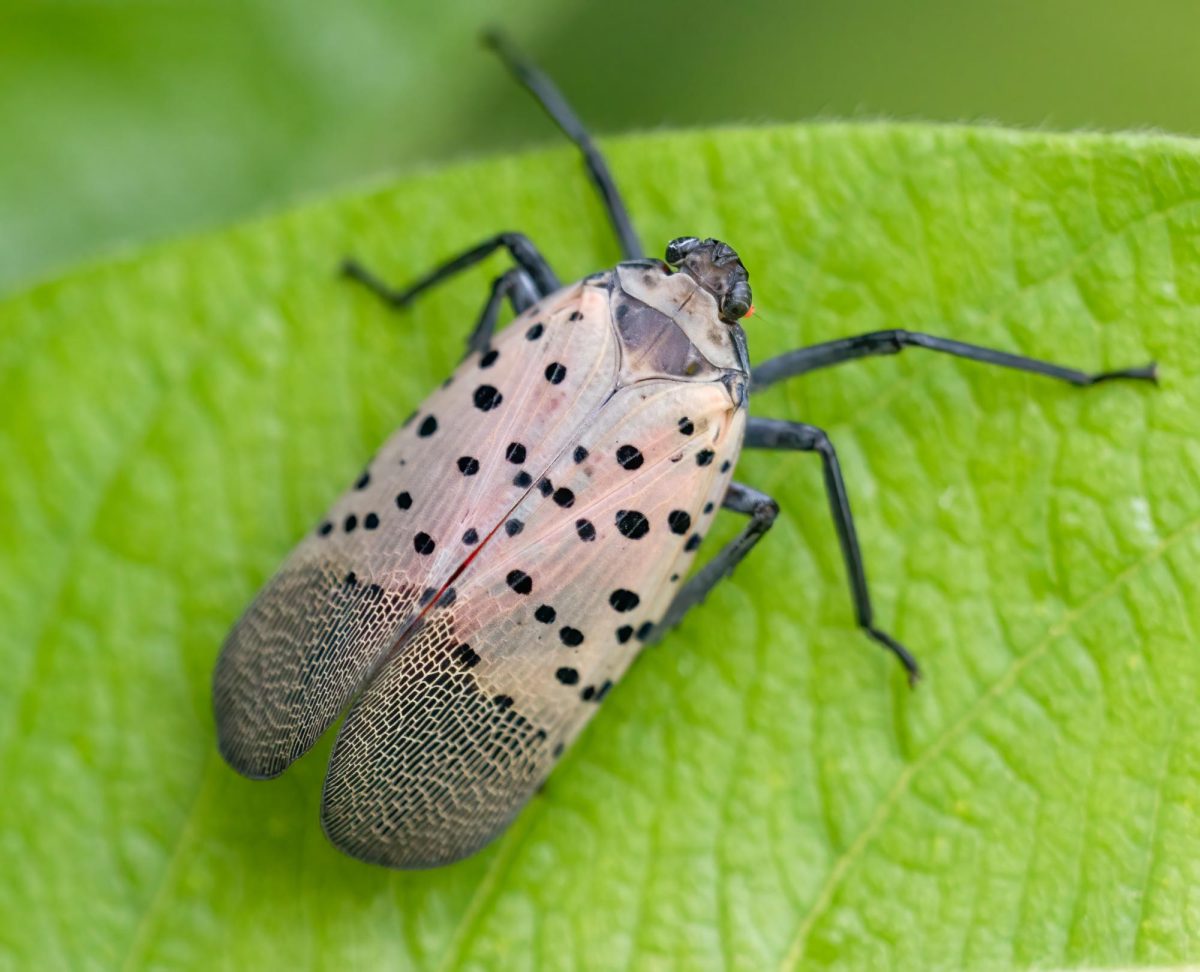Have you seen these weird looking bugs lately? They seem to have invaded Ohio just like stink bugs a while ago. Well I decided to do a little research and here is what I found!
A lantern bug is an invasive, plant-hopping insect known as a spotted lanternfly but most people just call them lantern bugs. The very first spotting of this species was in Pennsylvania in 2014.
The average lifespan for a spotted lanternfly is sadly (for them) only one year. Lanternflies feed off of a wide range of plants, including grapes, hardwood trees, and stone fruits. This species do not hurt humans like some insects. Spotted lanternflies do not bite, sting, or transmit diseases to humans or pets. Spotted lanternflies primarily impact plants because of their sticky sugary waste called honeydew. Honeydew drips onto leaves, fostering the growth of sooty mold, which blocks sunlight and restricts photosynthesis. Just because they have wings does not mean they can fly. They are strong jumpers and climbers but not good at flying; they prefer to hop everywhere they go instead. According to AI the spotted lanternflies population is particularly large across Philadelphia, New Jersey, and New York. But apparently, they made it here to northeast Ohio.

Spotted lanternflies are most active during mid-July through the late fall. They are small, black insects with white spots, turning red with white spots as they mature. Did you know that adult lanternflies are about an inch long with grey-spotted front wings, and red spotted back wings, and a yellow and black stripe on their back? Spotted lanternflies’ eggs look like old chewing gum; they are yellowish-brown, covered with a gray, waxing coating, and can be found on various surfaces. Yes; there are some good things about this species. If the spotted lanternfly sticks mostly to the tree-of-heaven this is a deciduous tree native to China that has become a widespread and destructive invasive species in North America. This tree-may prevent them from destroying other crops. According to Google, if you ever need to get rid of this species all you need to do is “crush individual insects, scrape and destroy egg masses, use sticky circle traps on trees, and spray with soapy water or vinegar to kill them on contact.”
Now that these invaders seem to be here to stay, but don’t worry since they only live for a year anyway. They don’t cause us harm like sting or bite us, so nothing to worry about there. But the sad thing is they do damage crops and vines. But they aren’t going anywhere so all we can do is say “Hi” to our new insect friends.

